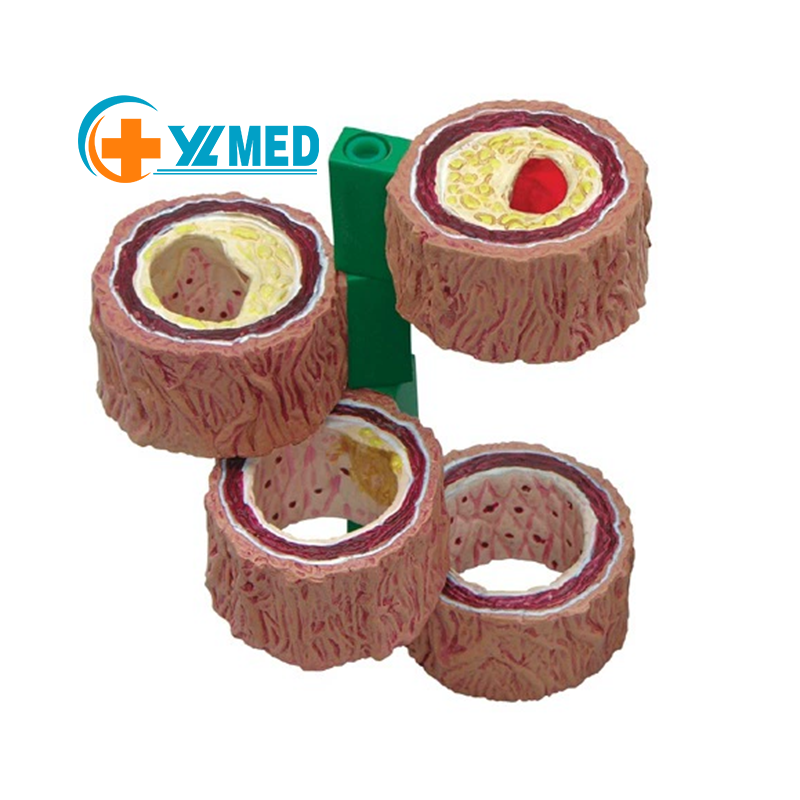Where it is and and what it does
The lumbosacral joint, also called L5-S1, is a term used to describe a part of the spine. L5-S1 is the exact spot where the lumbar spine ends and the sacral spine begins. The lumbosacral joint is the joint that connects these bones. Dental Tool Kit

L5-S1 is composed of the last bone in the low back, called L5, and the triangle-shaped bone beneath, known as the sacrum. The sacrum is made of five fused bones, of which the S1 is the topmost.
This article goes over the anatomy and function of the L5-S1. It also covers some of the medical problems that can affect this part of the spine.
The spinal column is the structure that allows you to stand upright. It also helps you twist, bend, and otherwise alter your trunk and neck position.
There are typically 24 movable bones in the spine that connect to the sacrum, a bony structure located below the lumbar vertebrae, and the coccyx, also called the tailbone. The sacrum and the coccyx each consist of multiple bones that fuse over time.
The vertebrae, which is another name for the spinal bones, are broken down into sections from top to tail, as follows.
Each area of the spine has a curve, and these curves go in opposing directions. In the neck and lower back, the spinal curve points forward, as viewed in profile. The thoracic and sacral curves go back.
The areas where the spinal curve directions change are called junctional levels. Injury risk may be higher at junctional levels because your body weight shifts direction as the curves shift directions.
The L5-S1 junction is located between the lumbar curve and the sacral curve. The lumbar curve sweeps forward. The sacral curve opposes the direction of the lumbar curve and goes backward.
The L5-S1 junction is particularly vulnerable to misalignment, wear and tear, and injury. This is because the top of the sacrum is positioned at an angle in most people. Aging and injury may increase the vulnerability of the L5-S1 junction even more.
L5-S1 is one of the two most common sites for back surgery. The other is the area just above, called L4-L5.
In the low back, the L5-S1 junction is often the site of a problem known as spondylolisthesis . Spondylolisthesis occurs when a vertebra slips forward relative to the bone immediately beneath it.
The most common variety of this condition is called degenerative spondylolisthesis. It generally occurs when the spine starts to wear down with age.
Isthmic spondylolisthesis is another common variant. Isthmic spondylolisthesis starts as a tiny fracture in the pars interarticularis . This is an area of bone in the back that connects the adjoining parts of the facet joint.
While these types of fractures tend to occur before the age of 15, symptoms often do not develop until adulthood. Degeneration of the spine in later adulthood can further worsen the condition.
The angle of the sacrum may contribute to spondylolisthesis. This is because the S1 tips down in the front and up in the back rather than being horizontal to the ground. Individuals with a greater tilt will usually have a higher risk of spondylolisthesis.
Spondylolisthesis is typically treated with non-surgical interventions. These could include:
Spinal fusion surgery can be effective for treating symptoms related to spondylolisthesis. However, it requires a lot of recovery time and can have additional risks. Usually, non-surgical care is tried for at least six months. If you haven't gotten relief by then, surgery may be an option.
The L5-S1 is also called the lumbosacral joint. It is the part of the spine where the lumbar spine ends and the sacral spine begins. It helps you twist, bend, and stand upright.
Because of its location, the L5-S1 is vulnerable to wear and tear and injury. One of the more common problems with the L5-S1 is spondylolisthesis, which occurs when a vertebra slips forward. This condition is usually treated non-surgically.
A disc herniation at L5-S1 is a common cause of sciatica. Symptoms of sciatica include burning, numbness, pain, or tingling that radiates from the buttock down the leg to the knee or foot. The pain is often sharp and may feel like an electric shock.
Disc problems at L5-S1 herniation can also cause lower back pain and stiffness. It can also trigger painful muscle spasms that cause your back to go out.
Yes. Disc problems at L5-S1 can cause bowel problems. Some research links irritable bowel syndrome to herniated disks in the lower back. Additional studies found disc problems at L5-S1 can lead to difficulty controlling your anal sphincter.
Pain from L5-S1 is typically treated with heat or ice, over-the-counter anti-inflammatory medications, prescription pain medicine or muscle relaxers, physical therapy, chiropractic adjustments, and epidural steroid injections. If these measures do not help, surgery may be required.
American Academy of Orthopaedic Surgeons. Spondylolysis and spondylolisthesis.
Gong S, Hou Q, Chu Y, Huang X, Yang W, Wang Z. Anatomical factors and pathological parts of isthmic fissure and degenerative lumbar spondylolisthesis. Chronic Dis Prev Rev. 2019;9:1-6
American Association of Neurological Surgeons. Herniate disc.
Bertilson BC, Heidermakr A, Stockhaus M. Irritable bowel syndrome–a neurological spine problem. JAMMR. 2015;4(24):4154–68. doi:10.9734/BJMMR/2014/9746
Akca N, Ozdemir B, Kanat A, Batcik OE, Yazar U, Zorba OU. Describing a new syndrome in L5-S1 disc herniation: Sexual and sphincter dysfunction without pain and muscle weakness. J Craniovertebr Junction Spine. 2014;5(4):146–50. doi:10.4103/0974-8237.147076
By Anne Asher, CPT Anne Asher, ACE-certified personal trainer, health coach, and orthopedic exercise specialist, is a back and neck pain expert.
Thank you, {{form.email}}, for signing up.
There was an error. Please try again.

Model Anatomy By clicking “Accept All Cookies”, you agree to the storing of cookies on your device to enhance site navigation, analyze site usage, and assist in our marketing efforts.